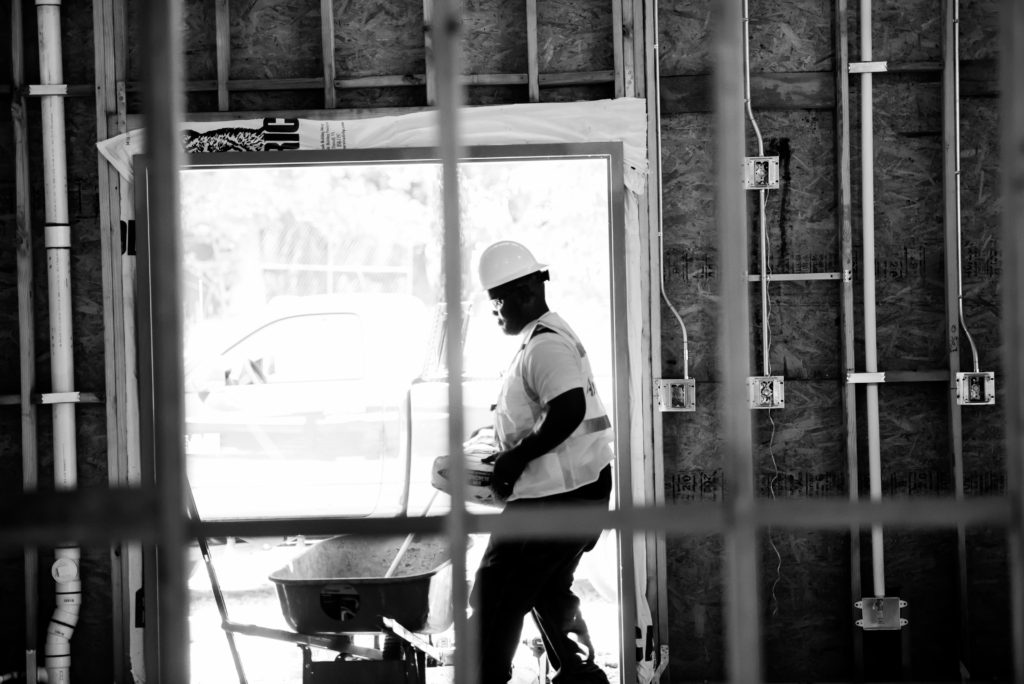By combining the words ‘construction’ and ‘manufacturing’, you get the process known as ‘constructuring.’
While constructuring may seem the same as prefabrication, prefabricaion is just one element of the constructuring process. Per Ian Howell, constructuring includes: sourcing raw materials to supply chain logistics, industrial design, creating integrated assemblies, prefabrication, quality control, inventory management, transportation, building, commissioning, and post occupancy analysis. His work, which includes an in-depth look at this process, is no longer available online, unfortunately. (Per this link.)
Instead of just looking at the prefabrication aspect, we can examine all of the different moving parts. Thus, by reviewing all elements, the process can be optimized.
Per Autodesk, it is estimated that we must build 1000 buildings a day for the next 33 years in order to accommodate the world’s projected population growth. Alarming, right? Constructuring has the ability to affect the demands of global urbanization in a positive way.
Thus, this initiative is being supported by investors and tech giants at a rapid rate and much progress is being made in this realm.
Per ConstructionDrive:
Construction’s rate of increasing efficiency from one year to the next sits at the bottom of the charts, averaging just 1% annually over the past two decades compared with 2.8% for the total economy, McKinsey & Co. found. The manufacturing sector, meanwhile, grew by 3.6% and could be a perfect role model to the construction industry as it continues to be presented with new, innovative technologies as well as mounting industry challenges.
Three recent announcements demonstrate this progress:
- Something called “digital thread” technology by a company known as Prescient out of North Carolina is being used at a University of California, Davis, student housing development. The technology integrates planning and design with manufacturing and installation. Prescient uses advanced manufacturing technologies including robotics, laser-cutting systems, and numerically controlled machines. It is a data-driven work flow resulting in a small margin of errors. Prescient compares these types of processes to those of the automotive industry.
- We discussed modular construction in this post. This prefabricated construction method is a top option for the desperately needed affordable housing in Brooklyn’s East New York section. The method allows for improved efficiency and cost predictability throughout the course of the project. In addition to modular construction, other innovative techniques will be needed in order to meet the goal of financing the creation (or preservation) of more than 300,000 affordable units by 2026. This is a goal set by Mayor Bill de Blasio.
- “The Modular Building Institute (MBI) recently announced that it led development of an International Code Council (ICC) guideline on the Safe Use of Modified ISO Shipping Containers as Buildings or Building Components, intended to help the AEC industry understand how to modify the structures in compliance with building codes.” (Per ConstructionDrive) Modular construction is a promising solution to many issues we face today such as affordable housing and disaster relief efforts. There are barriers, however. There are regulatory constraints at the state-level, for example.
